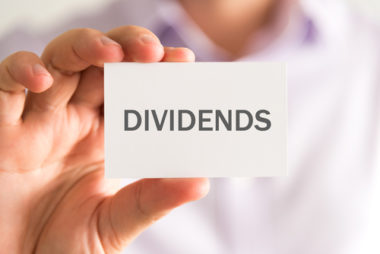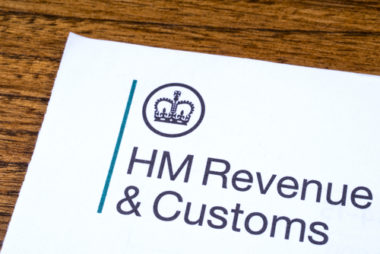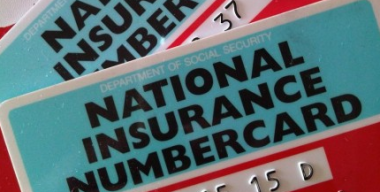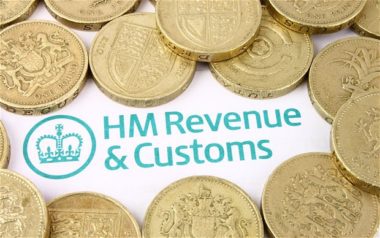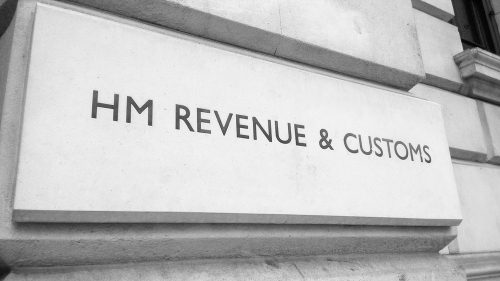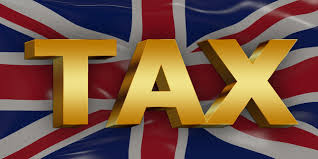
Corporation tax is being reformed and companies with profits of more than £50,000 will pay corporation tax at a higher rate than they do now. While the changes do not come into effect for a year, applying from the financial year 2023 which starts on 1 April 2023, their impact will be felt sooner where accounting periods span 1 April 2023. Consequently, they will be relevant to accounting periods of 12 months starting after 1 April 2022.
Nature of the changes
From 1 April 2023, the rate of corporation tax that you pay will depend on the level of your profits and the number of associated companies that you have if any.
If your profits are below the lower limit, from 1 April 2023, you will pay corporation tax at the small profits rate. At 19%, this is the same as the current rate of corporation tax.
If your profits are above the lower limit, you will pay corporation tax at the main rate. This has been set at 25% for the financial year 2023.
If your profits fall between the lower limit and the upper limit, you will pay corporation tax at the main rate, but you will receive marginal relief which will reduce the amount that you pay. Marginal relief is calculated in accordance with the following formula:
F x (U-A) x N/A
Where:
- F is the marginal relief fraction (set at 3/200 for the financial year 2023);
- U is the upper limit;
- A is the amount of augmented profits (profits plus dividends from non-group companies); and
- N is the amount of total taxable profits.
Where a company benefits from marginal relief, the effective rate of corporation tax will be between 19% and 25%. A company with profits nearer the lower limit will receive more marginal relief than a company with profits nearer the upper limit and pay tax at a lower rate.
The lower limit is £50,000 and the upper limit is £250,000 for a company with no associated companies. Where a company has one or more associated companies, the limits are divided by the number of associated companies plus 1, so that, for example, the lower limit for a company with one associated company will be £25,000 and the upper limit will be £125,000.
The limits are time apportioned where the accounting period (or pro rata period) is less than 12 months.
Plan ahead
Where the accounting period spans 1 April 2023 the profits for the period are apportioned and those relating to the period prior to 1 April 2023 will be taxed at the financial year 2022 corporation tax rate of 19%, while those relating to the period from 1 April 2023 to the end of the accounting period are taxed at the relevant rate for the financial year 2023 depending on the company’s profits.
Where the company will from April 2023 pay corporation tax at a rate above 19%, now is the time to plan ahead and, where possible, accelerate profits so that they fall in the current accounting period rather than one spanning 1 April 2023. On the other side of the coin, delaying costs so that they fall in a period spanning 1 April 2023 rather than the current period will also reduce the tax that is payable at a rate above 19%.
Example
ABC limit prepares accounts to 30 September each year. It has annual profits of £300,000.
Its profits for the year to 30 September 2022 will be taxed at 19%.
However, its profits for the year to 30 September 2023 will be time apportioned and six months’ worth will be taxed at 19% and the remaining six months’ worth at 25% — an effective rate of 22%. The company accelerates a profitable contract so that it is completed before 30 September 2023 so that the profit is taxed at 19%.
